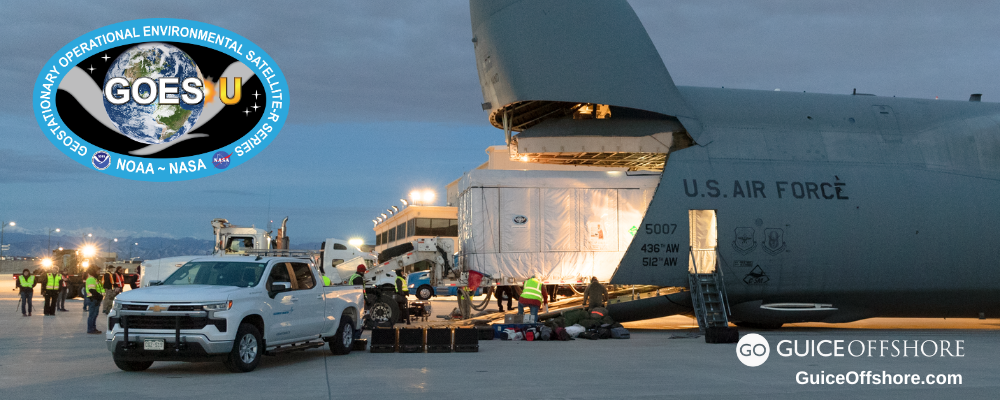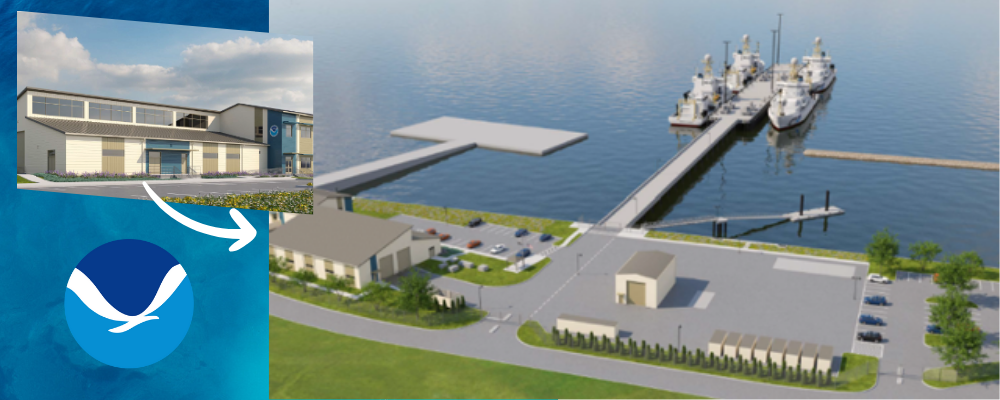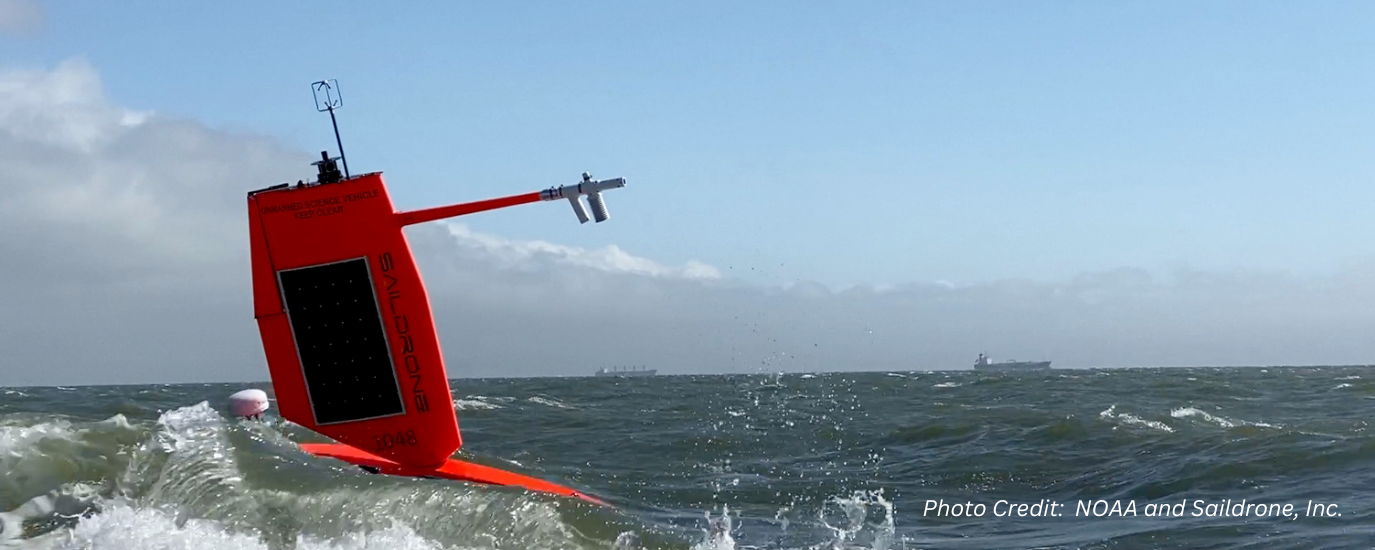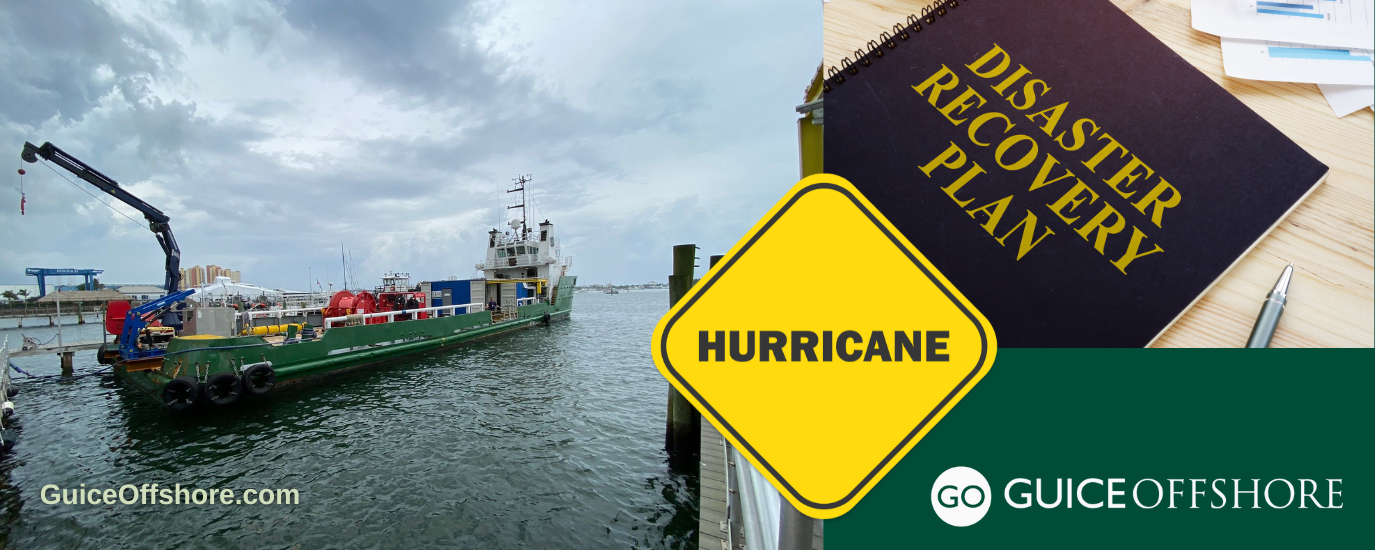About NOAA and NASA’s Geostationary Operational Environmental (GOES) Satellite Program
Since 1975 (that’s nearly 50 years ago!), America’s Geostationary Operational Environmental (GOES) satellites have provided continuous imagery and data on atmospheric conditions and solar activity (space weather). They have even aided in search and rescue of people in distress.
GOES data products have led to more accurate and timely weather forecasts, and better understanding of long-term climate conditions. The National Aeronautics and Space Administration (NASA) builds and launches the GOES, and the National Oceanic and Atmospheric Administration (NOAA) operates them.
As NOAA’s most advanced fleet of geostationary satellites, the GOES-R Series is a four-satellite program (GOES-R, S, T and U) that will extend the availability of the operational GOES system through 2036.
GOES-R launched on November 19, 2016, and was followed by GOES-S on March 1, 2018. GOES-T launched on March 1, 2022, and now, GOES-U is planned for launch in Spring 2024.
The GOES-R Series Program is a collaborative effort between NOAA and NASA to develop, deploy and operate the satellites, which are designated with a letter prior to launch and a number after reaching geostationary orbit. GOES-R, now GOES-16, is NOAA’s GOES East operational satellite. GOES-S, now GOES-17, is operational as NOAA’s GOES West.
Together, GOES-16 and GOES-17 provide high-definition views of more than half the globe – from the west coast of Africa to New Zealand. Thanks to this new generation of GOES, forecasters and emergency managers are better equipped to monitor severe weather and environmental hazards.
NOAA maintains two primary constellations of environmental satellites: geostationary and polar-orbiting. These satellites are part of NOAA’s integrated observing system, which includes satellites, radar, surface automated weather stations, weather balloons, sounders, buoys, instrumented aircraft and other sensors, along with the data management infrastructure needed for this system.
GOES satellites continually view the continental United States, Pacific and Atlantic Oceans, Central and South America, and Southern Canada. To fully cover Alaska, Hawaii, the entire continental United States and the Pacific and Atlantic Oceans (for tropical storms), NOAA operates two GOES satellites simultaneously: GOES East and GOES West. GOES East is located at 75.2° W and provides most of the U.S. weather information. GOES West is located at 137.2°W over the Pacific Ocean. In addition to two operational satellites, NOAA also maintains an on-orbit spare.
Geostationary satellites orbit 35,800 km (22,300 miles) above Earth’s equator at speeds equal to Earth’s rotation, which means they maintain their positions and provide continuous coverage. Information from geostationary satellites is used for short-term (1 day) weather forecasting and severe storm warning and tracking.
Navigate to the GOES interactive Web portal HERE.
In October 2015, NOAA celebrated the 40th anniversary of the launch of the first GOES satellite. Click HERE to see a photo of what it looked like!
NOAA’s GOES-U Arrives in Florida, Prepares for Spring 2024 Launch
On January 23, 2024, GOES-U, the last of NOAA’s advanced GOES-R series of satellites, arrived safely at NASA’s Kennedy Space Center in Florida to begin final preparations for its upcoming launch.
Shipping a satellite is no small feat. GOES-U is the size of a small school bus and weighs over 6,000 pounds!
The spacecraft team at Lockheed Martin in Littleton, Colorado, where GOES-U was built, packed the satellite in a high-tech shipping container that protected its sensitive instruments and acted as a mobile clean room during transport. GOES-U was then driven to Buckley Space Force Base in Aurora, Colorado, and loaded on the C-5M Super Galaxy cargo transport that carried it to Florida.
GOES-U landed at the NASA Launch and Landing Facility airstrip at Kennedy Space Center and was transported to the Astrotech Space Operations spacecraft processing facility in nearby Titusville, where it will go through a series of electrical tests to confirm it is working properly and mechanical configurations to prepare it for launch.
GOES-U is scheduled to launch no earlier than April 30, 2024.
Read more about the GOES-U Road to Launch HERE.
GOES-U’s deployment will provide many additional benefits to weather forecasting:
- Improved hurricane track and intensity forecasts
- Increased thunderstorm and tornado warning lead time
- Improved detection of low cloud/fog
- Improved transportation safety and aviation route planning
- Improved air quality warnings and alerts
- Better fire detection and intensity estimation
- Improved solar flare warnings for communications and navigation disruptions
- More accurate monitoring of energetic particles responsible for radiation hazards to humans and spacecraft
Ground support is critical to the GOES-R Series mission. The GOES-R ground system operates the satellites, receives data from the spacecraft, and generates and distributes real-time data products.
This is accomplished via a core set of functional elements which include space/ground communications, raw data processing, monitoring the satellite’s health and safety, and commanding the spacecraft and instruments, as well as an antenna system and a product access component.
How Do Guice Offshore Supply Vessels Work with the Aerospace and Space Industries?
Guice Offshore works with the aerospace and space industries principally in the complex logistical and high security process of ocean recovery. With powerful cranes and winches, Guice Offshore support vessels are able to retrieve capsules and other manned or unmanned space or aeronautics machinery from the ocean, while providing plenty of deck space to carry them, along with their support crew and equipment.
Guice Offshore is also home to the world’s first marine spaceport, Voyager, an extensively customized 294 ft x 56 ft Dynamically Positioned Class 2 platform supply vessel that will support Space Perspective’s “Spaceship Neptune,” the world’s first carbon-neutral spaceship. Carrying civilian “explorers,” Spaceship Neptune will be launched from Voyager’s broad deck and propelled to the edge of space by Space Perspective’s giant SpaceBalloon™.
Aerospace represents an important and growing segment of the global economy and the maritime sector. The industry has been principally focused on the activities centered around space craft and space flight originally for governments, but now ever-expanding to address commercial needs and even eco-tourism. This broad and complex business is often associated with research and development projects and recovery operations, all of which Guice Offshore assists in offshore operations.



